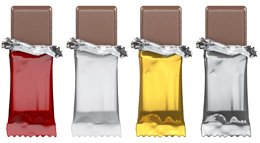Customers Love Reps Because Reps Solve Problems
By Charles CohonWe often hear that customers are more loyal to manufacturers’ representatives who have been in the same territory for decades than they are to direct factory salespeople who often rotate into a new territory every two to three years.
But there’s more to it than just longevity in the territory. Let me share three stories about reps who went the extra mile for customers.
One rep’s customer ran out of connectors and the rep’s principal was backlogged for six weeks. The principal’s response was, “Sorry, we are bringing in the connectors by boat instead of by air to save money. The connectors are already in the container on their way to the boat and there is nothing we can do.”
Because the rep knew his customers very well, he knew that another one of his customers had an abundant stock of the connector and he was able to borrow enough connectors from one customer to keep the other customer supplied until the principal’s cargo container arrived.
A rep found he had stepped into something unpleasant when his principal shipped defective products to his customer. The principal insisted that the best they had to offer was to have the customer return the defective parts for rework. The customer insisted that they didn’t have time to ship the parts back and wait for them to be returned.
To break that stalemate, the rep went home, grabbed his toolbox, drove to the customer, and reworked the parts himself at the customer’s site.
A rep’s customer complained that the principal’s website was hopelessly difficult to navigate, making it impossible to find the catalogs and drawings the customer used on a routine basis. The rep built a simple web page with links to all of that customer’s most commonly used parts, and posted it on an easy-to-remember domain name so the customer would not have to navigate the principal’s website to find the most commonly used parts.
These are just a few stories of reps who creatively solved problems their customers faced. Do you have a great story to share? Send it to me at [email protected].

































